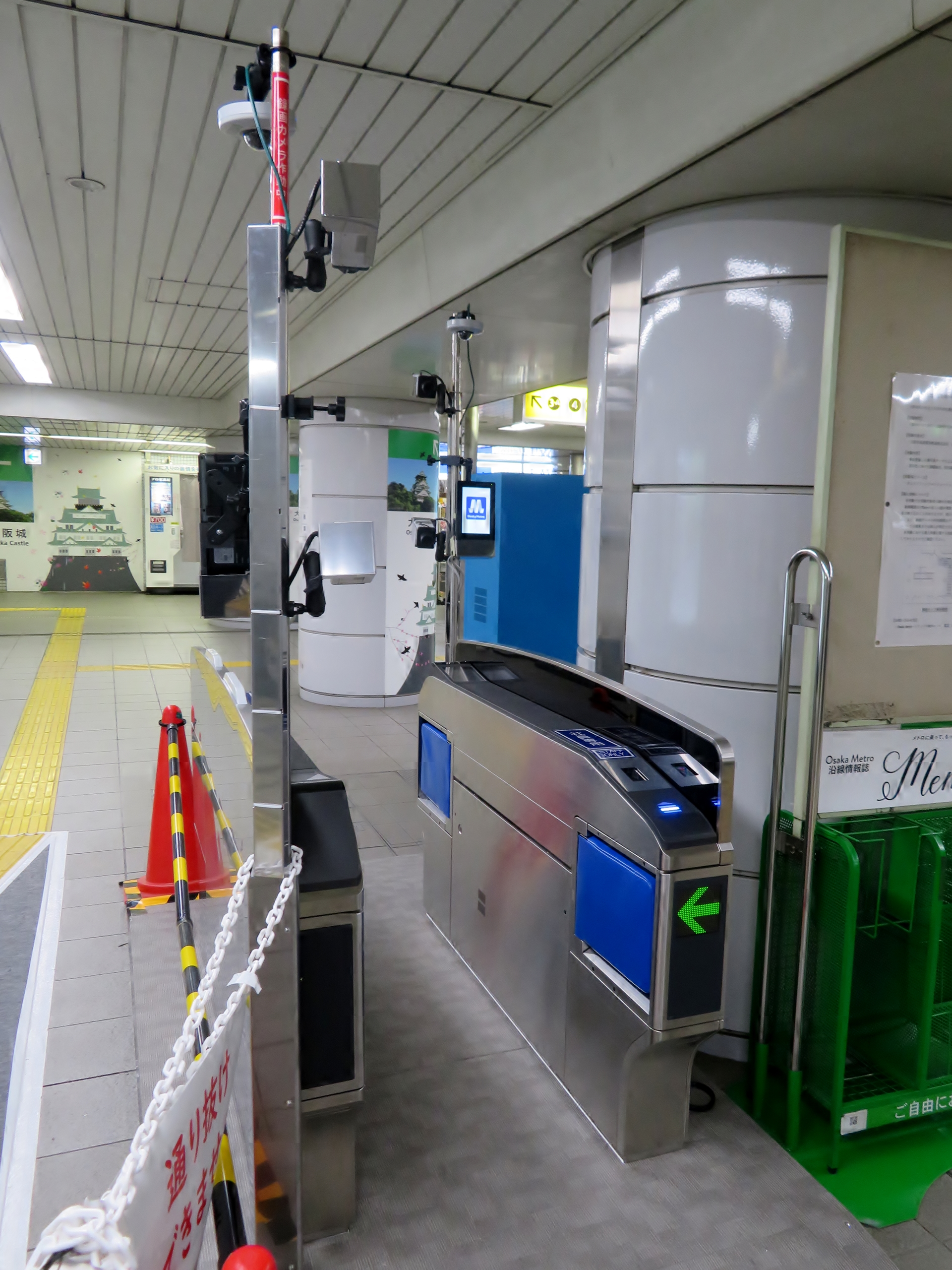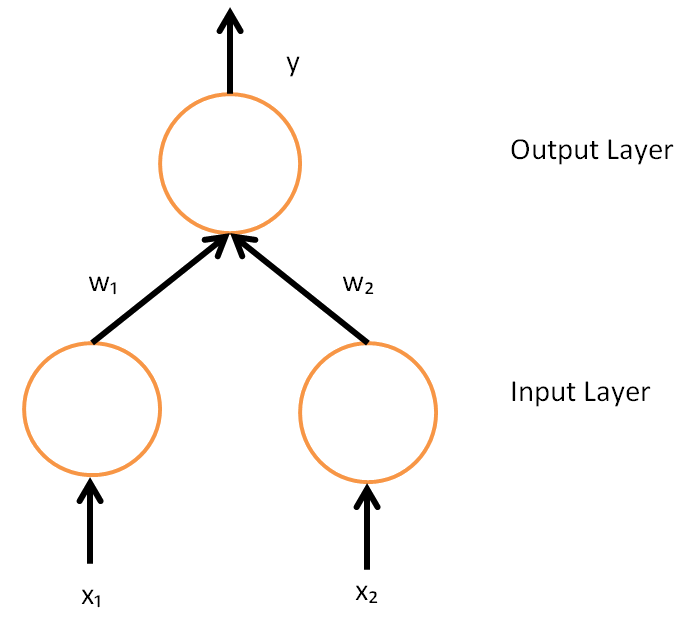|
FaceNet
FaceNet is a facial recognition system developed by Florian Schroff, Dmitry Kalenichenko and James Philbina, a group of researchers affiliated with Google. The system was first presented at the 2015 IEEE Conference on Computer Vision and Pattern Recognition. The system uses a deep convolutional neural network to learn a mapping (also called an embedding) from a set of face images to a 128-dimensional Euclidean space, and assesses the similarity between faces based on the square of the Euclidean distance between the images' corresponding normalized vectors in the 128-dimensional Euclidean space. The system uses the triplet loss function as its cost function and introduced a new online triplet mining method. The system achieved an accuracy of 99.63%, which is the highest score to date on the Labeled Faces in the Wild dataset using the ''unrestricted with labeled outside data'' protocol. Structure Basic structure The structure of FaceNet is represented schematically in Figure 1. ... [...More Info...] [...Related Items...] OR: [Wikipedia] [Google] [Baidu] |
DeepFace
DeepFace is a deep learning facial recognition system created by a research group at Facebook. It identifies human faces in digital images. The program employs a nine-layer neural network with over 120 million connection weights and was trained on four million images uploaded by Facebook users. The Facebook Research team has stated that the DeepFace method reaches an accuracy of 97.35% ± 0.25% on Labeled Faces in the Wild (LFW) data set where human beings have 97.53%. This means that DeepFace is sometimes more successful than human beings. As a result of growing societal concerns Meta announced that it plans to shut down Facebook facial recognition system, deleting the face scan data of more than one billion users. This change will represent one of the largest shifts in facial recognition usage in the technology’s history. Facebook planned to delete by December 2021 more than one billion facial recognition templates, which are digital scans of facial features. However, it did no ... [...More Info...] [...Related Items...] OR: [Wikipedia] [Google] [Baidu] |
Triplet Loss
Triplet loss is a loss function for machine learning algorithms where a reference input (called anchor) is compared to a matching input (called positive) and a non-matching input (called negative). The distance from the anchor to the positive is minimized, and the distance from the anchor to the negative input is maximized. An early formulation equivalent to triplet loss was introduced (without the idea of using anchors) for metric learning from relative comparisons by M. Schultze and T. Joachims in 2003. By enforcing the order of distances, triplet loss models embed in the way that a pair of samples with same labels are smaller in distance than those with different labels. Unlike t-SNE which preserves embedding orders via probability distributions, triplet loss works directly on embedded distances. Therefore, in its common implementation, it needs soft margin treatment with a slack variable \alpha in its hinge loss-style formulation. It is often used for learning similarity for t ... [...More Info...] [...Related Items...] OR: [Wikipedia] [Google] [Baidu] |
Facial Recognition System
A facial recognition system is a technology capable of matching a human face from a digital image or a video frame against a database of faces. Such a system is typically employed to authenticate users through ID verification services, and works by pinpointing and measuring facial features from a given image. Development began on similar systems in the 1960s, beginning as a form of computer application. Since their inception, facial recognition systems have seen wider uses in recent times on smartphones and in other forms of technology, such as robotics. Because computerized facial recognition involves the measurement of a human's physiological characteristics, facial recognition systems are categorized as biometrics. Although the accuracy of facial recognition systems as a biometric technology is lower than iris recognition and fingerprint recognition, it is widely adopted due to its contactless process. Facial recognition systems have been deployed in advanced human–comput ... [...More Info...] [...Related Items...] OR: [Wikipedia] [Google] [Baidu] |
Learning Rate
In machine learning and statistics, the learning rate is a Hyperparameter (machine learning), tuning parameter in an Mathematical optimization, optimization algorithm that determines the step size at each iteration while moving toward a minimum of a loss function. Since it influences to what extent newly acquired information overrides old information, it metaphorically represents the speed at which a machine learning model "learns". In the adaptive control literature, the learning rate is commonly referred to as gain. In setting a learning rate, there is a trade-off between the rate of convergence and overshooting. While the descent direction is usually determined from the Gradient descent, gradient of the loss function, the learning rate determines how big a step is taken in that direction. A too high learning rate will make the learning jump over minima but a too low learning rate will either take too long to converge or get stuck in an undesirable local minimum. In order to ach ... [...More Info...] [...Related Items...] OR: [Wikipedia] [Google] [Baidu] |
Image Search
An image retrieval system is a computer system used for browsing, searching and retrieving images from a large database of digital images. Most traditional and common methods of image retrieval utilize some method of adding metadata such as captioning, keywords, title or descriptions to the images so that retrieval can be performed over the annotation words. Manual image annotation is time-consuming, laborious and expensive; to address this, there has been a large amount of research done on automatic image annotation. Additionally, the increase in social web applications and the semantic web have inspired the development of several web-based image annotation tools. The first microcomputer-based image database retrieval system was developed at MIT, in the 1990s, by Banireddy Prasaad, Amar Gupta, Hoo-min Toong, and Stuart Madnick. A 2008 survey article documented progresses after 2007. All image retrieval systems as of 2021 were designed for 2D images, not 3D ones. Search met ... [...More Info...] [...Related Items...] OR: [Wikipedia] [Google] [Baidu] |
Facial Recognition Software
A facial recognition system is a technology capable of matching a human face from a digital image or a video frame against a database of faces. Such a system is typically employed to authenticate users through ID verification services, and works by pinpointing and measuring facial features from a given image. Development began on similar systems in the 1960s, beginning as a form of computer application. Since their inception, facial recognition systems have seen wider uses in recent times on smartphones and in other forms of technology, such as robotics. Because computerized facial recognition involves the measurement of a human's physiological characteristics, facial recognition systems are categorized as biometrics. Although the accuracy of facial recognition systems as a biometric technology is lower than iris recognition and fingerprint recognition, it is widely adopted due to its contactless process. Facial recognition systems have been deployed in advanced human–comp ... [...More Info...] [...Related Items...] OR: [Wikipedia] [Google] [Baidu] |
Deepfake
Deepfakes (a portmanteau of " deep learning" and "fake") are synthetic media in which a person in an existing image or video is replaced with someone else's likeness. While the act of creating fake content is not new, deepfakes leverage powerful techniques from machine learning and artificial intelligence to manipulate or generate visual and audio content that can more easily deceive. The main machine learning methods used to create deepfakes are based on deep learning and involve training generative neural network architectures, such as autoencoders, or generative adversarial networks (GANs). Deepfakes have garnered widespread attention for their potential use in creating child sexual abuse material, celebrity pornographic videos, revenge porn, fake news, hoaxes, bullying, and financial fraud. This has elicited responses from both industry and government to detect and limit their use. From traditional entertainment to gaming, deepfake technology has evolved to be increa ... [...More Info...] [...Related Items...] OR: [Wikipedia] [Google] [Baidu] |
FindFace
FindFace is a face recognition technology developed by the Russian company NtechLab that specializes in neural circuit, neural network tools. The company provides a line of services for the state and various business sectors based on FindFace algorithm. Previously, the technology was used as a web service that helped to find people on the VK (service), VK social network using their photos. Technology In 2015 NTechLab algorithm won The MegaFace Benchmark challenge, organized by University of Washington. In May 2016, NtechLab was admitted to the official testing of biometrics technology by NIST among the three Russian companies. According to the results of testing, the algorithm took the first position in the ranking of the global benchmark Facial Recognition Vendor Test. In the spring of 2017, NtechLabs algorithm again has been ranked first in the Facial Recognition Vendor Test. Also in March 2017, NtechLabs FindFace algorithm won in the EmotionNet Challenge automatic emotion r ... [...More Info...] [...Related Items...] OR: [Wikipedia] [Google] [Baidu] |
One-shot Learning (computer Vision)
One-shot learning is an object categorization problem, found mostly in computer vision. Whereas most machine learning-based object categorization algorithms require training on hundreds or thousands of examples, one-shot learning aims to classify objects from one, or only a few, examples. The term few-shot learning is also used for these problems, especially when more than one example is needed. Motivation The ability to learn object categories from few examples, and at a rapid pace, has been demonstrated in humans. It is estimated that a child learns almost all of the 10 ~ 30 thousand object categories in the world by age six. This is due not only to the human mind's computational power, but also to its ability to synthesize and learn new object categories from existing information about different, previously learned categories. Given two examples from two object categories: one, an unknown object composed of familiar shapes, the second, an unknown, amorphous shape; it is much e ... [...More Info...] [...Related Items...] OR: [Wikipedia] [Google] [Baidu] |
Backpropagation
In machine learning, backpropagation (backprop, BP) is a widely used algorithm for training feedforward artificial neural networks. Generalizations of backpropagation exist for other artificial neural networks (ANNs), and for functions generally. These classes of algorithms are all referred to generically as "backpropagation". In fitting a neural network, backpropagation computes the gradient of the loss function with respect to the weights of the network for a single input–output example, and does so efficiently, unlike a naive direct computation of the gradient with respect to each weight individually. This efficiency makes it feasible to use gradient methods for training multilayer networks, updating weights to minimize loss; gradient descent, or variants such as stochastic gradient descent, are commonly used. The backpropagation algorithm works by computing the gradient of the loss function with respect to each weight by the chain rule, computing the gradient one laye ... [...More Info...] [...Related Items...] OR: [Wikipedia] [Google] [Baidu] |
Adaptive Gradient Optimizer
Adaptation, in biology, is the process or trait by which organisms or population better match their environment Adaptation may also refer to: Arts * Adaptation (arts), a transfer of a work of art from one medium to another ** Film adaptation, a story from another work, adapted into a film ** Literary adaptation, a story from a literary source, adapted into another work ** ** Theatrical adaptation, a story from another work, adapted into a play * ''Adaptation'' (film), a 2002 film by Spike Jonze * "Adaptation" (''The Walking Dead''), a television episode *''Adaptation'', a 2012 novel by Malinda Lo Biology and medicine * Adaptation (eye), the eye's adjustment to light ** Chromatic adaptation, visual systems' adjustments to changes in illumination for preservation of colors ** Prism adaptation, sensory-motor adjustments after the visual field has been artificially shifted * Cellular adaptation, changes by cells/tissues in response to changed microenvironments * High-altitude ... [...More Info...] [...Related Items...] OR: [Wikipedia] [Google] [Baidu] |



